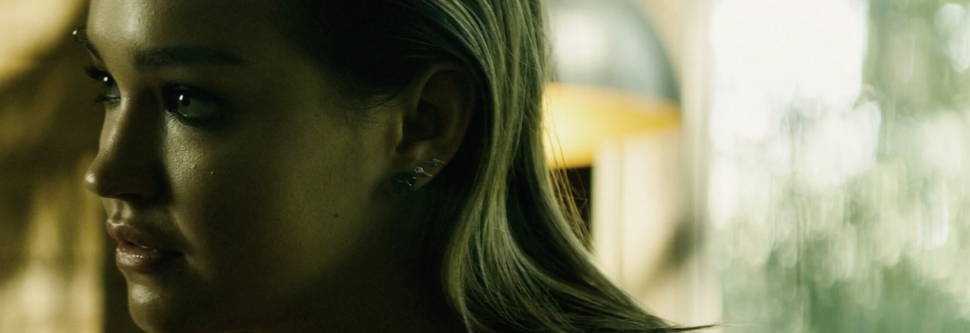
DP Jayson Crothers on shooting with Hawk V-Lites
After a breakout debut season, the Freeform anthology series Cruel Summer has undergone a reset, with new characters, cast, settings and story. The fresh narrative unfolds in a seemingly idyllic Pacific Northwest beach town around the turn of the millennium, where a new girl in town completes an adolescent love triangle that leads to a mysterious tragedy.
Given the complete overhaul of the series, director of photography Jayson Crothers, who had photographed roughly half of Season 1, took the opportunity to retool the visuals. The new season maintains the time-jumping edit technique, moving freely between the summer of 1999, the winter of 2000, and the summer of 2000, with a distinctive look for each period to keep the audience oriented and to underscore the evolving drama.
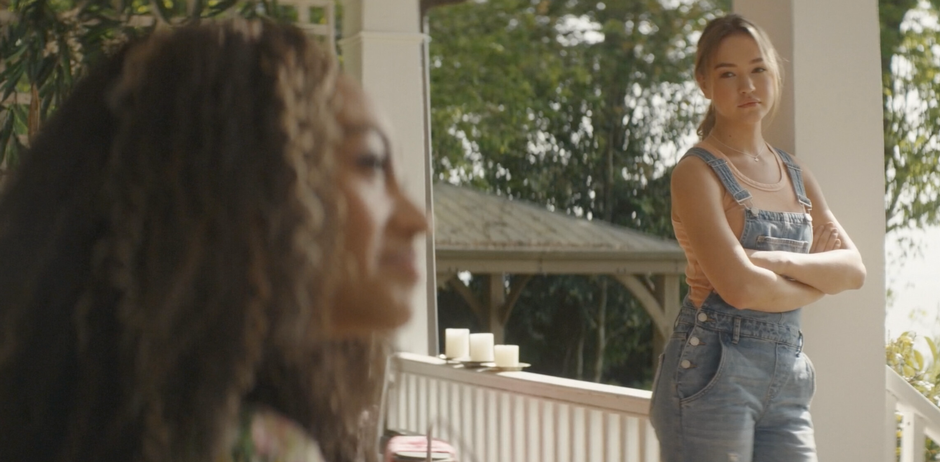
“Everything became fair game,” says Crothers. “We learned a lot in Season 1. All the things we would have loved to do in Season 1, we now had the freedom to pursue in Season 2.”
For example, Season 1 was shot spherical 16:9, and depended more on lighting, filtration and LUTs for the different looks. This time, Crothers decided to use his lens choices as the primary method of delineating the three points in time, and to further distinguish periods with the anamorphic format in a 2:1 frame. That led to his decision to shoot with Hawk V‑Lite Anamorphics. The production was serviced by Keslow Camera in Vancouver.

“In Season 1, we learned that the show is at its best when it crosses between time periods often,” he says. “Sometimes we went too far, and other times we didn’t go far enough. But we learned a lot about how the three looks should complement each other, and that the audience should know where they are from the first frame.”
Co-cinematographer Mark Berlet advocated for Hawk V‑Lites, as he had used them on a number of previous TV assignments. Crothers had shot with Hawk V‑Lite Vintage‘74s on another project and liked the results.
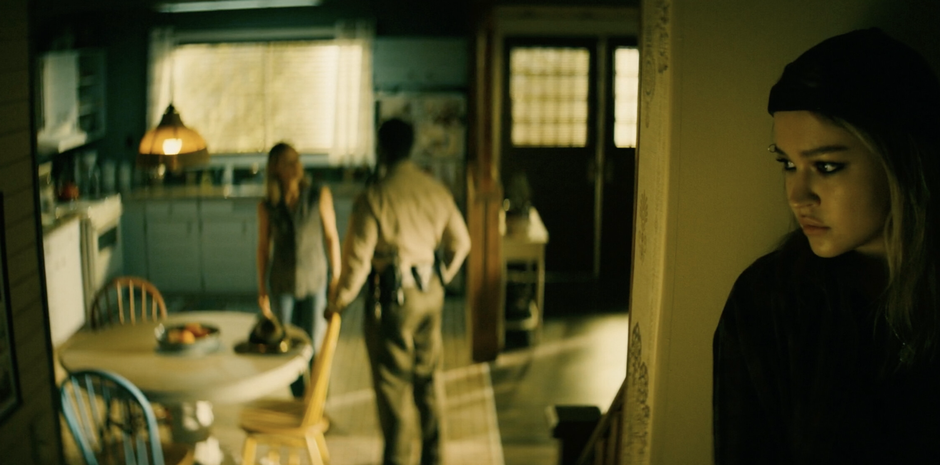
“In testing, I found that the V‑Lites had all the characteristics that we like, without the unintended consequences,” says Crothers. “You shoot anamorphic because you want the characteristics, all those aberrations. When I wanted a big anamorphic flare, it was very easy to do that. At the same time, they weren’t prone to accidental flaring. You have the control. They look good wide open. If I wanted a lower contrast look, the lens wasn’t fighting me. At the same time, they have excellent contrast, and if I wanted a contrasty look, I could get it. The Hawk V‑Lites seem to be in a sweet spot that gives me everything I love about anamorphic, and I could still get two very distinct looks without a struggle.”
Of course, the lensing worked in combination with lighting, filtration and color, achieved through the LUT or in post. The first summer period was to be depicted as realistic yet beautiful and innocent, with diffusion on the lens, lifted blacks and lower contrast.
“Timeline one was probably the hardest for me to shoot because it felt like it went against every natural instinct a cinematographer has,” says Crothers. “It required making everything kind of bright and a little cheerful. There are no solid blacks. There’s not much contrast. And there’s more frontal lighting to fill people in.”
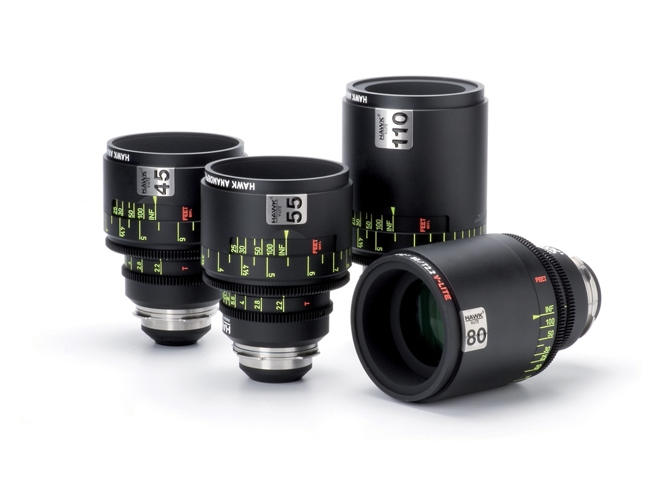
The second, wintry period was done spherical, with cooler colors. The third timeline was back on the Hawks, without filtration and with a heavier, ominous feel and uncomfortable color combinations. The goal was a feeling of decay.
“I think of it as similar to cooking,” says Crothers. “You’ve got to sprinkle in a lot of ingredients and together, they make something altogether different.”
It’s important to the structure of the story that the audience not know who the villain is. Each episode seems to hint at a different character’s potential for evil.
“In Season 1, nobody knew who that bad guy was until the final episode,” says Crothers. “The logic was that if the cast and crew knew ahead of time, it would be in the back of their minds and affect their performances. I tried very much to remain neutral in terms of how I lit, and to not mislead the audience. And I think that’s part of what makes the show work so well.”
Season 2 also benefits from a producers’ mandate to open up the world with additional and more varied sets. The show tends to be done with a preponderance of very wide shots and big signature closeups, says Crothers.
For a previous project, Crothers had tested more than a dozen sets of anamorphic glass, among them four varieties of Hawk, including V‑Lite, V‑Plus, C‑Series and V‑Lite Vintage’74.
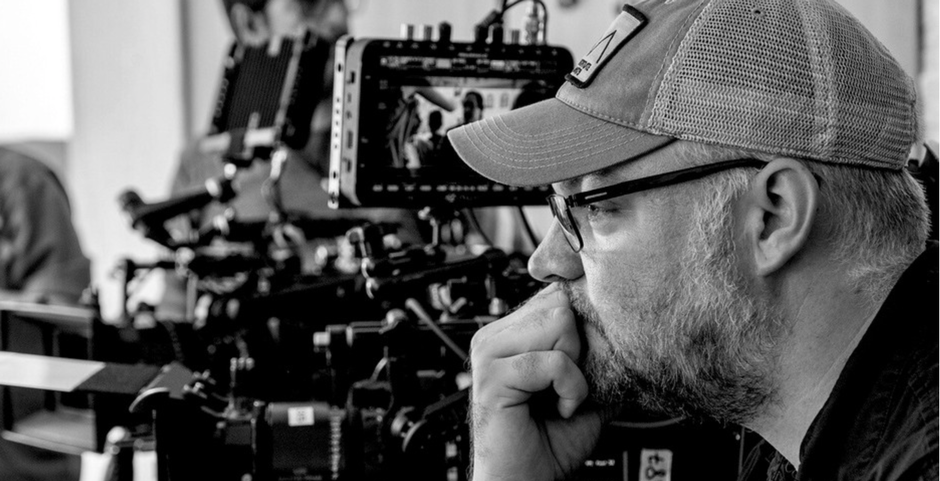 DP Jason Crothers on set
DP Jason Crothers on set
“That was the first time I’d been exposed to Hawk lenses,” he says. “Out of all those lenses, the Hawks were the ones I responded to the most. Their versatility was immediately obvious. I felt like they were going to make my life easier instead of harder. I always want to pick tools that will work with me, and not against me. The Hawk lenses all do something very different and distinctive.”
Crothers and Berlet went with the Sony Venice camera, a switch from the Arri Alexa Mini used on Season 1. The camera was often rated at 2500 ASA – not to minimize lighting but for additional flexibility.
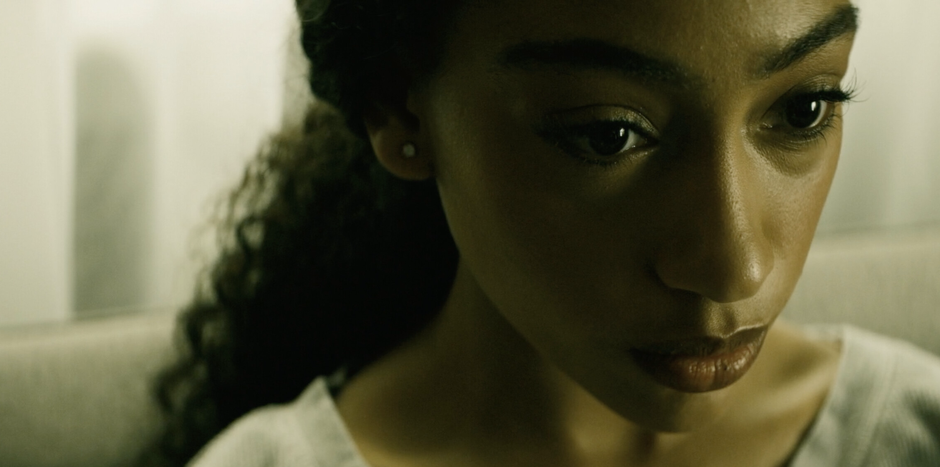
“I’m often still lighting sets the way I always have,” says Crothers. “The difference is that if I want to shoot at a 2.8, I’m just dropping the internal NDs into the camera. With anamorphic, that’s an advantage, because I’m naturally lighting the set to a 4 or a 5.6. I’ve got the ability to adjust. If we’re shooting on a very long lens, I can shoot where the lens performs better optically, or give my focus puller a little more breathing room. The Sony Venice camera pairs great with anamorphic lenses because you can be a little more selective about the stop. And aesthetically, there’s definitely something about the combination of Venice and Hawk that is unique in my experience.”
Cruel Summer Season 2 became Freeform’s most-watched series on Hulu, averaging 2.3 million viewers through the first two episodes.
Watch the trailer here.
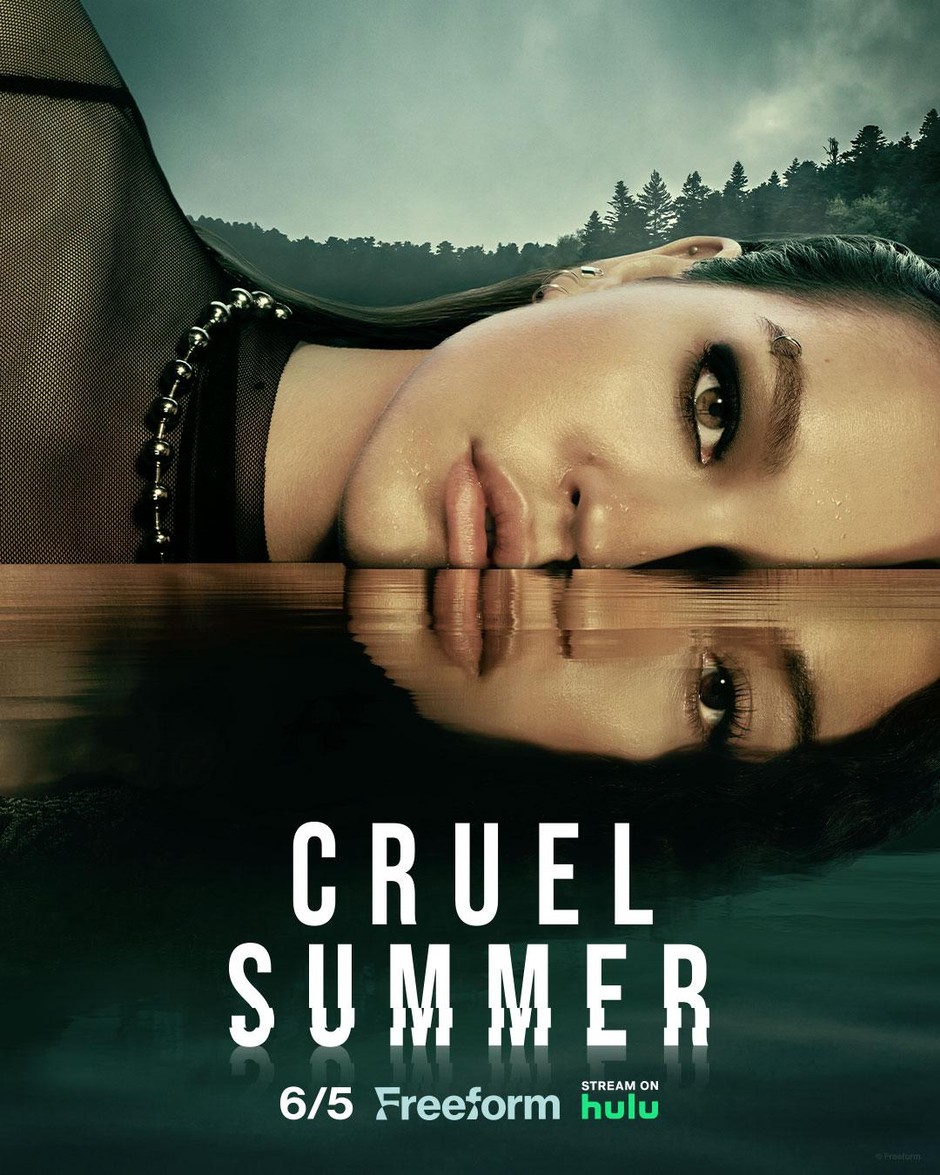
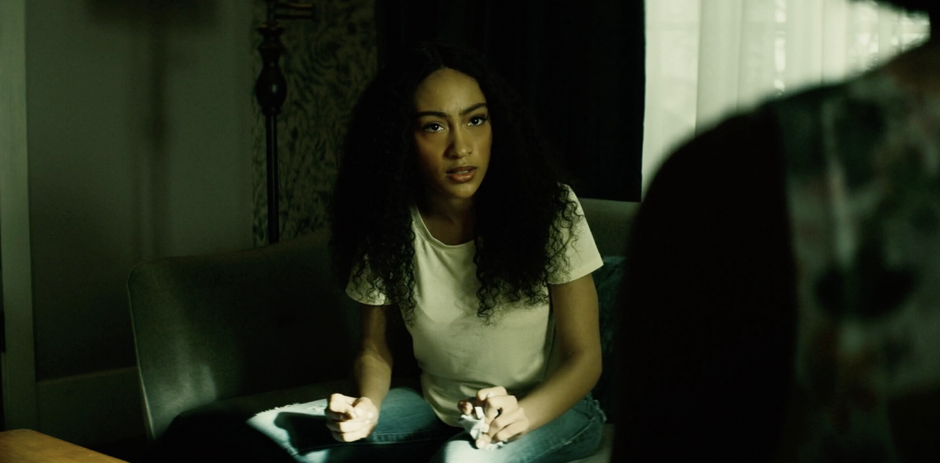
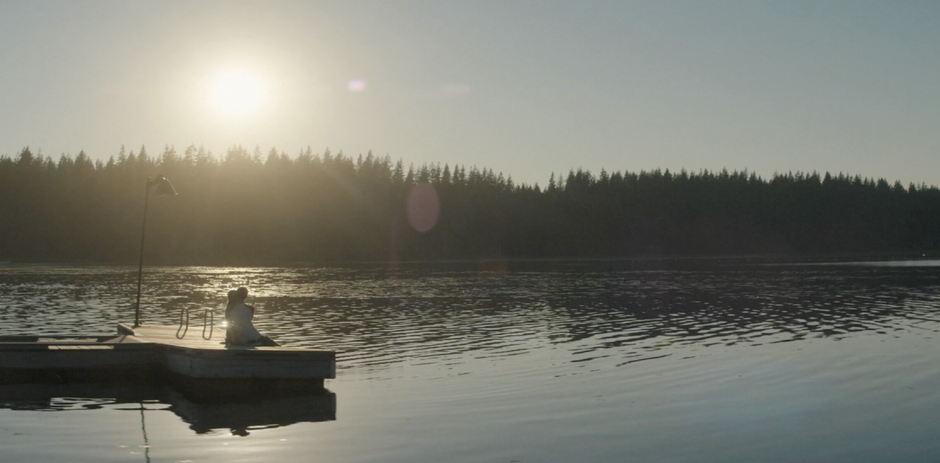
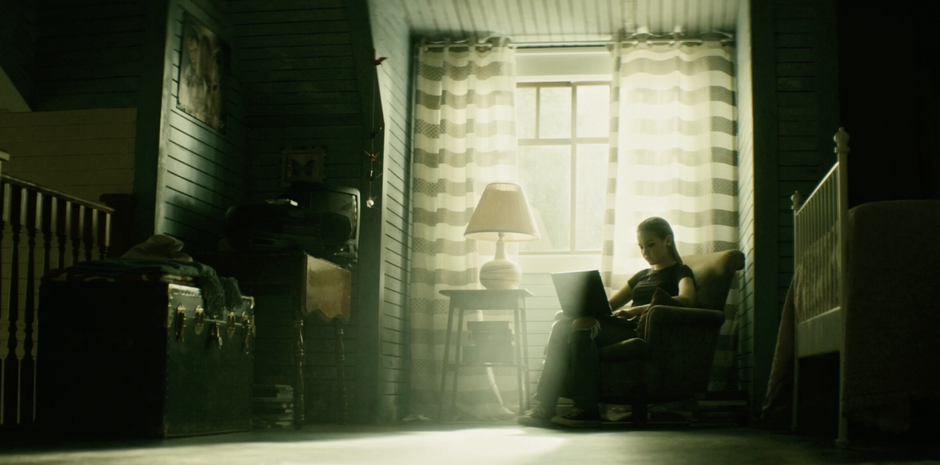
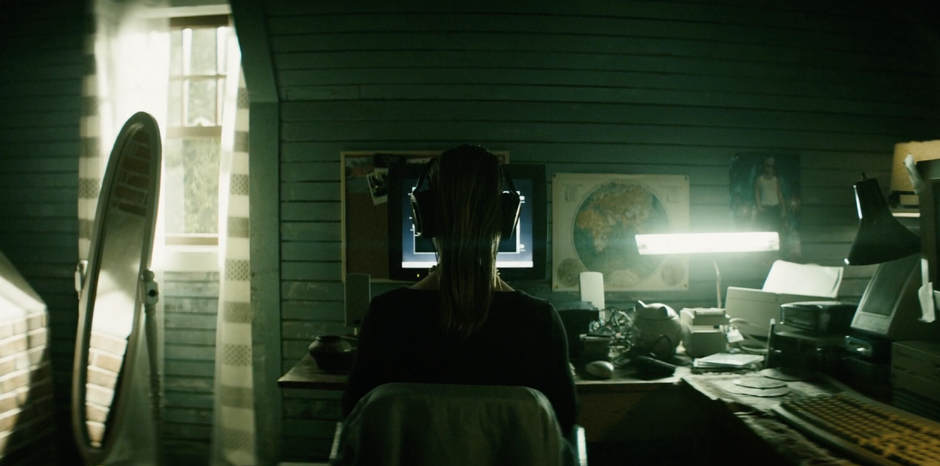
images: ©Jayson Crothers, IMDb